The main theme in my last coaching article revolved around getting rid of bad behaviour on the badminton court that was leading to poor results.
I provided a number of techniques which essentially involves “re-framing” what was happening and changing it so that it would have a positive outcome compared to the negative, destructive results you were getting.
It’s been a pleasure reading the stories on my forum from players who have tried the techniques and are now getting successful results immediately. Thank you for sharing.
And that’s the amazing thing about your mind. It has the ability to make instant changes and therefore transform you in seconds.
In part one of my article, what I left out was just as important as what I put in. There’s a good reason why. You see, it would have been far too much to absorb from one article and therefore it would have watered down the effectiveness of the article. I didn’t want that to happen.
So, in part two we’ll focus attention on installing good traits, behaviours and creating a bullet proof mindset for you to use on court or in your place of work, or in your personal life.
Let’s Begin…
As children we were great at copying others. How many times were you becoming your favourite TV character in your bedroom and therefore your mind. I watch my 3 year old son become Tarzan, Superman or a musketeer and copy from a film the actions and the words, down to the smallest detail. And, if I’m sword fighting, I’m in trouble if I don’t do the right move at the right time!
We also copied others on a badminton court. At some time, we saw a good badminton player and said “I want to be/play just like them.” We then began studying them and copying moves as much as possible.
These role models are great teachers. And, they can continue to help us on court whenever we choose…
Who are your current role models in badminton?
I want to help you create the strongest winning combination you can to go on court with you. So, think very carefully about who you choose and why.
Here are some of my “armed forces” to assist me when I’m on a badminton court.
Brian Roper, a great coach who sees things other coaches expect should be there and yet aren’t. He’s also got a direct approach and is a master of strategy and tactics.
Lars Paaske – a brilliant professional, deadly from mid court going forward, tactically brilliant at the net and one of the greatest servers in badminton.
Li Yongbo – one of the greatest doubles players (now head Chinese Coach) I’ve ever seen. Brilliant defensively as well as having a superb attack.
Park Joo Bong – another brilliant doubles player with similar attributes to Li Yongbo but overall a better doubles and mixed player. He was so fast around the net, so fast on court, brilliant deception.
I could go on…
OK, so your first task is to assemble your army of badminton greats and list their traits which you’d like to take onto court. Begin with 5 players for now and over time you’ll be able to add more players to your army.
Once you’ve done this, I also want you to list all the traits you wish to show on a badminton court which you believe will give you your edge, based around these players skills and attributes.
So, of course you’ll be highly motivated, highly skilled, razor sharp at the net, like a brick wall in defence, fast on your feet, a super-quick thinker and possess the shots to really punish your opponents…and much more. You just have to make sure you decide what these traits need to be and prioritise them.
It’s study time…
OK, you’ve got your team together and have identified the traits and skills that make all of these players something special.
Now, I want you to select your first player and watch them for a while. Begin to feel how they move, focus especially on the traits and skills you’ve chosen them for. So, now you’re seeing these traits and skills in action. Remember them well. Listen to them being interview so you know what they sound like. It doesn’t matter if they don’t speak your language – they soon will. Remember, if you only play doubles, it’s unlikely you’ll use many singles players as role models, as they haven’t shown you their doubles skills.
Having watched your first player for a while, you now know what they look like, play like and sound like. In your training sessions I want you to imagine being your player in the session. So, when you are talking to yourself, imagine what they sound like and listen to what they are saying.
In this training session you’ll be working the key skills and traits of this player – whilst being them. Sounds strange I know but you’ve got to trust me on this one.
In this training session, you’ve designed it around this particular player and you are effectively merging yourself with the players psyche. So what are you practicing? How intense is their normal training session? Work towards the same intensity. Be the player and focus on copying what they do well. Listen to what they are saying to you (your self talk). Visualise yourself doing exactly what your chosen player does well. Replay the action in your mind, normal speed, slow motion, super slow motion so you really understand and feel the mechanics of their skill.
If you’re doing this well, you’re already beginning a transformation and moving towards integrating the player’s skills into your game.
You’ll repeat this over a period of time with different players but not until you’ve completed the process outlined in part 2.
Time to unleash the new you
Having spent so much time with your first chosen player, it’s time that you tested how much merging has taken place. Take your player to a match or club night and remain focussed on introducing them to your friends and clubmates on court. If you’ve completed the exercise properly, there should be a noticeable difference on court in terms of your style and quality of play. Let me know what happens.
In the next part of this article I’ll be introducing you to a tried and tested technique which will help you merge your new skills into your psyche. Until you’ve undergone this final part of the process, please refrain from adding any more players into your army or completing the above process with another player.



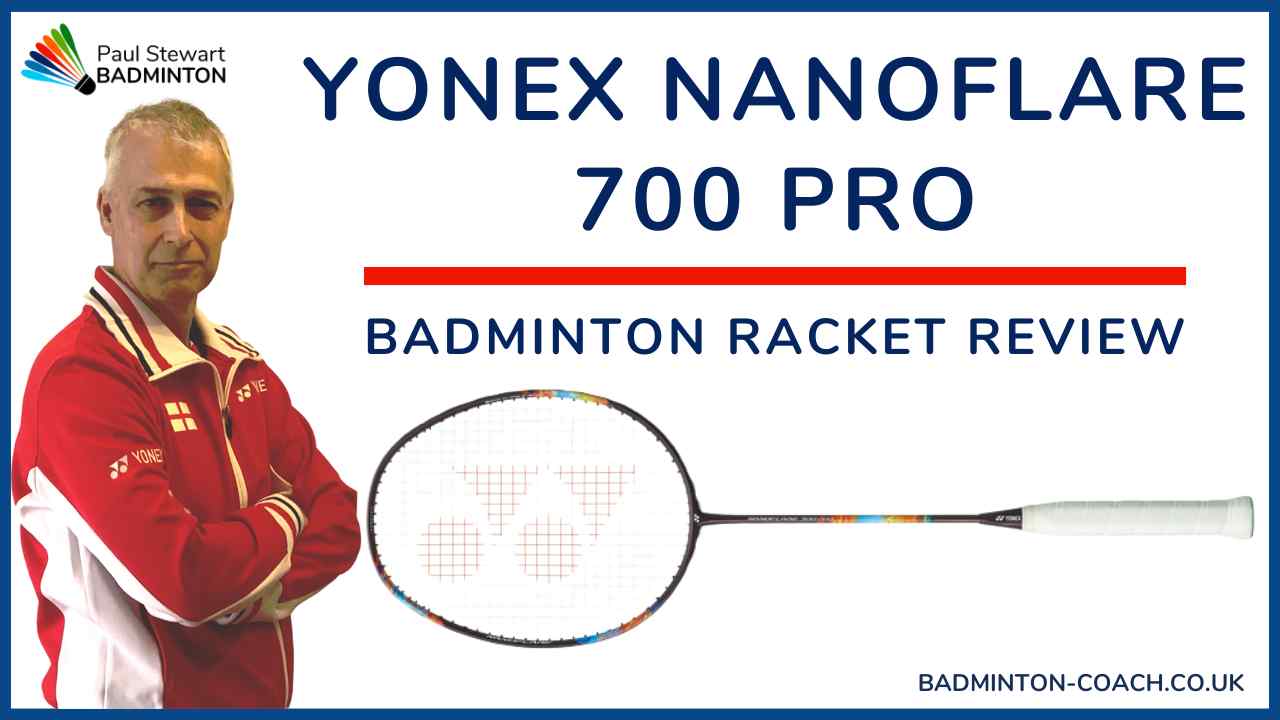

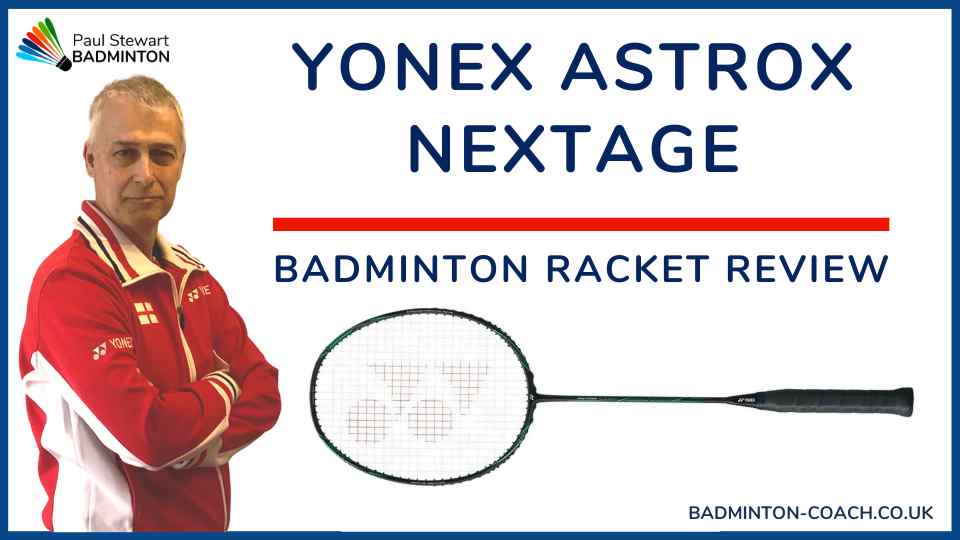

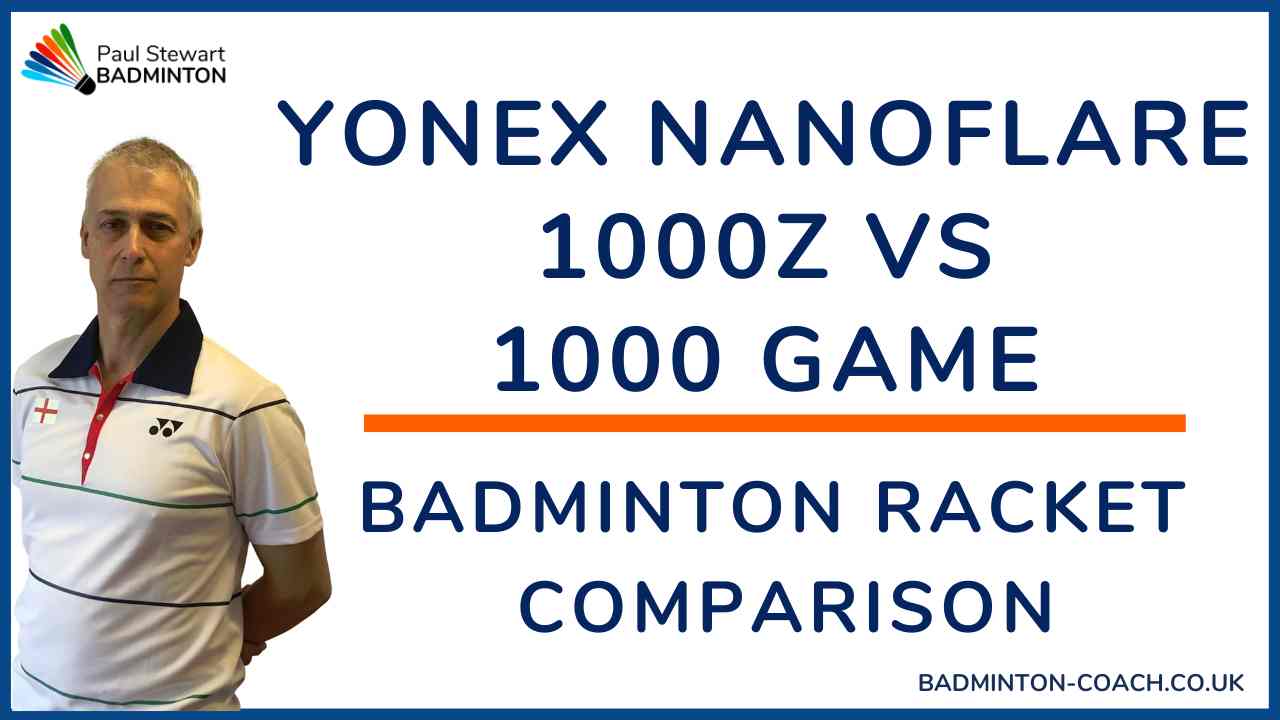
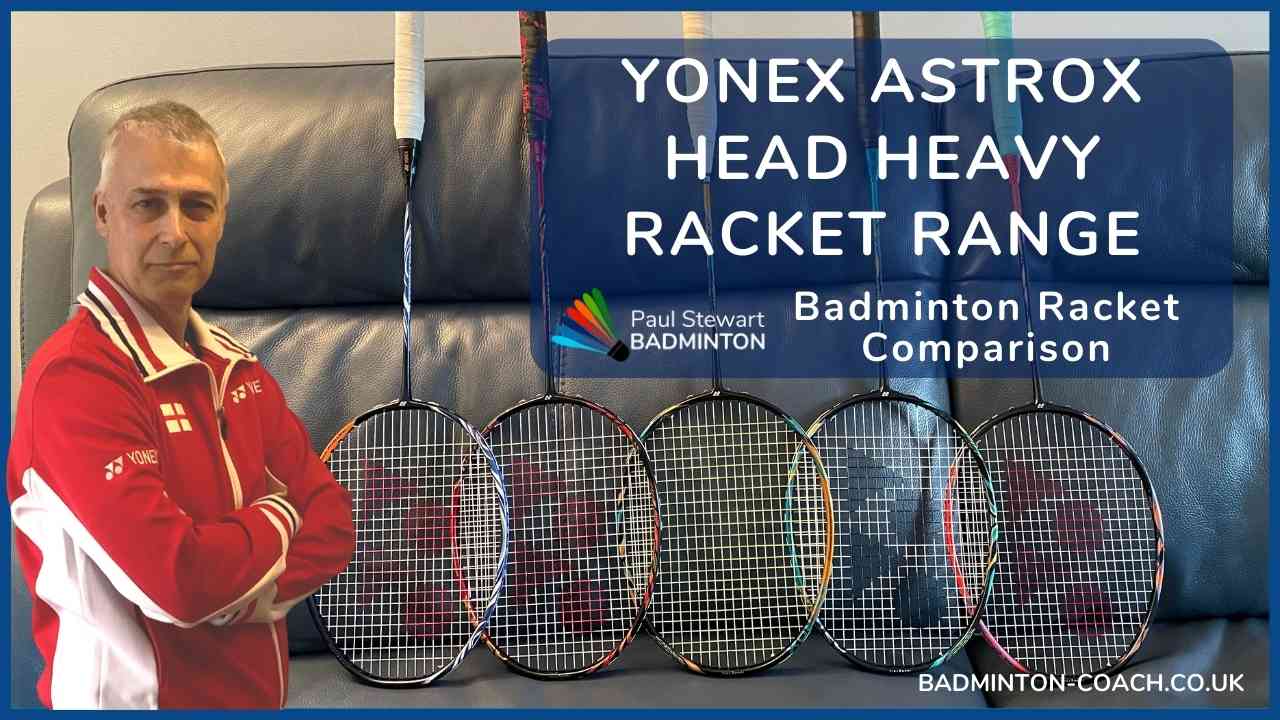

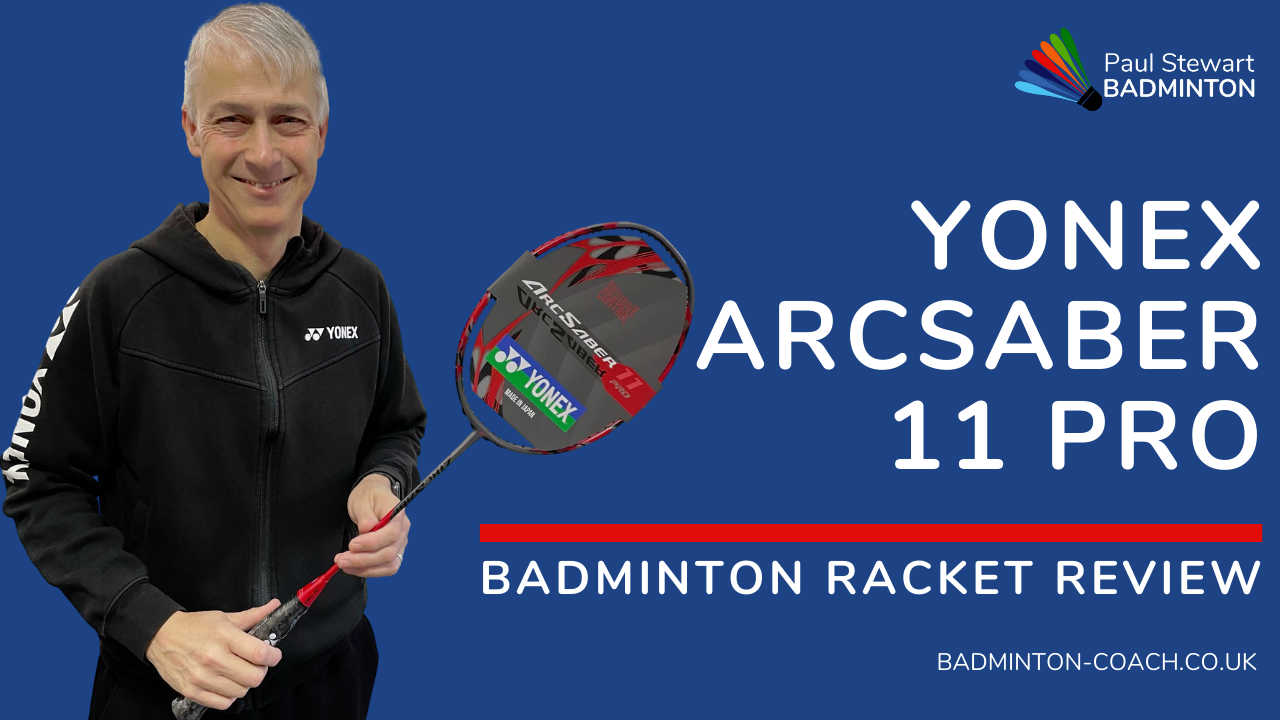

Hi Paul, did I miss part II ? Or is it posted under a different title ?
Cheers, ED
Ed
I didn’t release part 2 but have mentioned this a number of times on the forum and very few players picked up on it.
Basically I waited to see if there was enough interest.
I am currently re-writing elements of part 2 as it’s a little too off the wall for some. There may even be a part 3.
Paul
1. Peter Gade – Unbelievably smooth footwork and great deception skills
2. Lin Dan – For his unbreakable defense
3. Cai Yun and Fu Hai Feng – For their great defense as well as smooth offense
4. Taufik Hidayat – Trick shots, net shots and of course, his amazing backhand
5. Koo Kien Keat – Crazy trick shots
1. Fu Hai Feng- He has such a tremendous arsenal of smashes. Round-about-head smash, cross court, straight down, steep angle… Plus he generates so much racquet head speed!
2. Lee Chong Wei- Highly tactical player plus raw physical power to boot. Was observing him in his hometown doubles (knowing fully well he’s singles quality) match in Malaysia and I distilled an admirable attribute: solid defence with the propensity to vary between lifts and blocks and guides from smashes with ridiculous ease.
3. Koo Kien Keat- Acute court sense. Able to play outrageous net shots and has the ability to read body movements from opponents.
4. Peter Gade- For his unquenchable determination. 34 years young and punching players above his weight class! Primarily, it’s his dominant control of net play. Players get lost in his game plan sometimes.
5. Lee Yong Dae- Unbelievable match fitness and nerves of steel.
Alvin
Great choices. I’d add Taufik for his amazing backhand!
Paul